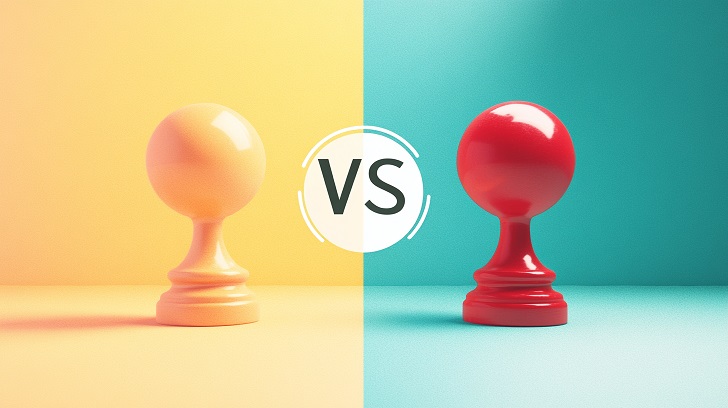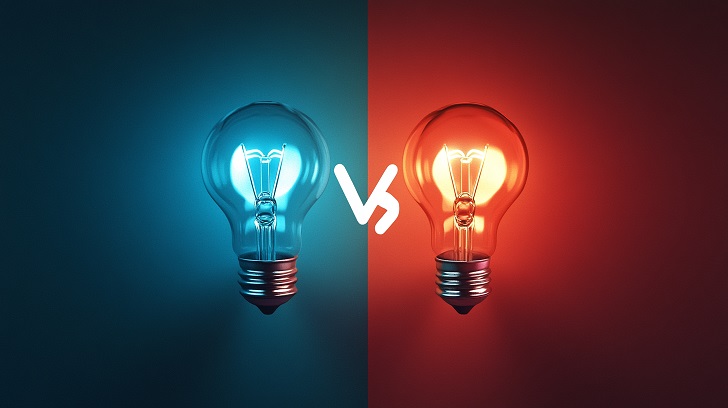In the ever-evolving landscape of technology and business, the paths to successful product development are numerous. Two fundamental approaches often stand at the forefront of this journey: the Minimum Viable Product (MVP) and the prototype. As entrepreneurs and small businesses grapple with the decision of which method best suits their vision, understanding the nuances between the two can be the difference between flourishing success and costly missteps.
Understanding the MVP
The philosophy behind an MVP is entrenched in providing immediate value, while minimizing costs and maximizing learning. It embodies the core functionalities that solve a specific problem or fulfill a need. What really sets it apart is the ability to test, iterate, and validate the project’s viability amidst real users.
Crafting a Prototype
In the world of product development, a prototype is often your first tangible representation. It is usually used internally to assess and perfect design and functionality aspects before moving on to more advanced stages. A prototype serves as a three-dimensional blueprint; it’s like your first rough draft, not ready for the market just yet but essential for internal review and refinement.
While there are no concrete statistics pointing directly to the success rates contributed by prototyping alone, a survey by the Product Development and Management Association (PDMA) highlights that the evaluation of product feasibility in the early stages is a key factor in product success, and prototyping is an integral component of that evaluation.
MVP vs. Prototype
So, what really sets an MVP apart from a prototype? Scope, Scale, and Substance. A prototype is typically about the look and feel, focusing on the design more than on the fulfillment of user needs. It’s more about visuals and interactions than about the end-to-end customer experience.
On the other hand, an MVP encompasses not just a rudimentary version of the product but also its most essential operations. The MVP is what you release to the market, no matter how skeletal, to test hypotheses about user behavior and preferences.
Where Does Your Focus Lie?
It’s hard to overstate the importance of SEO-optimized content, especially when discussing MVPs and prototypes. Search engines essentially act like your digital early adopters, evaluating whether your content (and by extension, your product) is worthy of attention. Quality content that reads well, informs, and encourages readers to explore further is the MVP of your SEO strategy. And just like any good MVP, it should be iterated upon based on the data and feedback you receive.
The Path to a Product Launch
MVPs and prototypes, while different, are not incompatible — in fact, they’re often complementary. A typical path might involve building a prototype to refine your concept internally. Afterward, you transition to an MVP to start learning from real users. This shift from internal validation to real-world application is critical — it’s where many of the 42% of failing startups falter.
Harnessing the Power of MVP for Startups
For startups, the MVP is especially powerful not just because of its ability to validate product-market fit. Consider another staggering statistic: 29% of startups run out of cash before making it off the ground (Forbes). The MVP model helps mitigate this risk by ensuring that you’re not investing too heavily in features or capacities that the market may not want.
Best Practices for MVP Development
To harness the MVP effectively, one must ensure it is user-focused, and feedback-oriented. Aim for the minimum set of features that provide value while keeping your target audience at the center of the development process. Using agile methodologies, continuous deployment, and a keen eye on user feedback will solidify the MVP’s place in your product’s evolution.
Leveraging Prototypes for Design Perfection
A well-crafted prototype allows you to explore the nuances of user interaction with your product. It gives you the chance to corral internal feedback and perfect your designs in a low-stakes environment. This kind of refinement ensures that when you’re ready to move to the MVP stage, you’re doing so with a strong foundation.
Finding Synergy Between MVPs and Prototypes
It’s a balancing act — knowing when to pivot from a prototype to an MVP can be crucial. Businesses might start with a prototype to resolve technically complex issues and then transition to an MVP for market testing. This hybrid approach combines the best of both worlds, enabling businesses to both perfect their craft and understand their market.
Which Should You Choose?
Choosing between an MVP and a prototype is not just a developmental decision but a strategic one. It calls for reflection on the long-term vision for the product and business. One must consider the forecasted market trends, the evolving consumer demands, and the investment landscape that could affect the product’s reception.
To dive deeper into making an informed choice, AutopilotNext provides a detailed comparison, tools, and resources designed to help navigate this crossroad. With our specialized 30-day MVP development program, we recognize the intricacies and pressures of taking a product from idea to market-ready and are dedicated to turning budding ideas into triumphant successes.
Join us on this exhilarating journey of product development. Whether it’s unlocking the potential of your MVP or refining a prototype, AutopilotNext is your co-pilot into the world of innovation.




